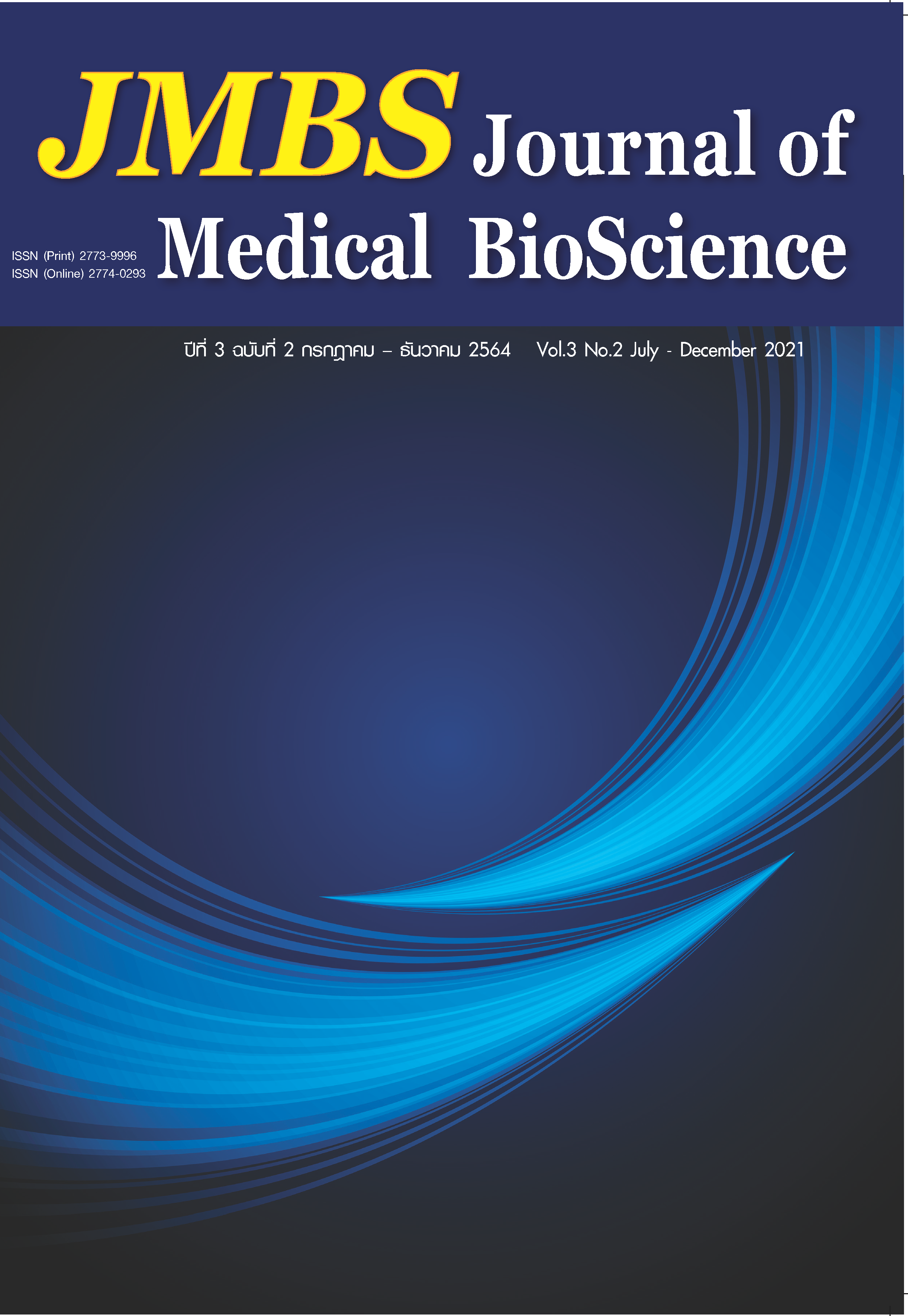Laboratory diagnosis of anaerobic infections in King Chulalongkorn Memorial Hospital
Keywords:
Anaerobic bacteria, anaerobic culture, anaerobic incubation techniqueAbstract
Laboratory testing of anaerobic infections has exploded with molecular techniques and high technology. New species of anaerobic bacteria are increasing. However, laboratory diagnosis of anaero-bic bacteria is not routinely performed because of special culture requirement, difficulty to isolate, time consumption, the expense, and experienced technicians. This article aimed to share an experience in anaerobic laboratory diagnosis and literature review for guidance to other clinical laboratories about specimen collection and transportation, selection of suitable culture media and incubation techniques including the use of anaerobic chamber, anaerobic jar, and anaerobic pouch bag. Currently, matrix-assisted laser desorption ionization-time of flight mass spectrometry (MALDI-TOF MS) has proved to be rapid and reliable for the identification of anaerobic bacteria in routine laboratory. Epsilometer test (E-test) which has been developed for minimum inhibitory concentration (MIC) determinations of antibi otics has proved to be easy with reduced workload, compared to the standard agar dilution or broth microdilution method, and appropriate for use in routine laboratory.






